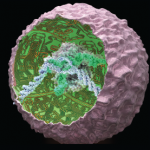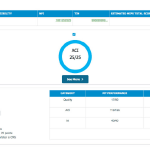Editor’s note: The new Pillar Talk column is developed by the ARHP Executive Committee in an effort to share information about ongoing activities related to our four pillars: Education, Practice, Research and Advocacy. The ARHP Practice Committee is committed to addressing the current needs and evolving practice opportunities for health professionals working in rheumatology. A…






